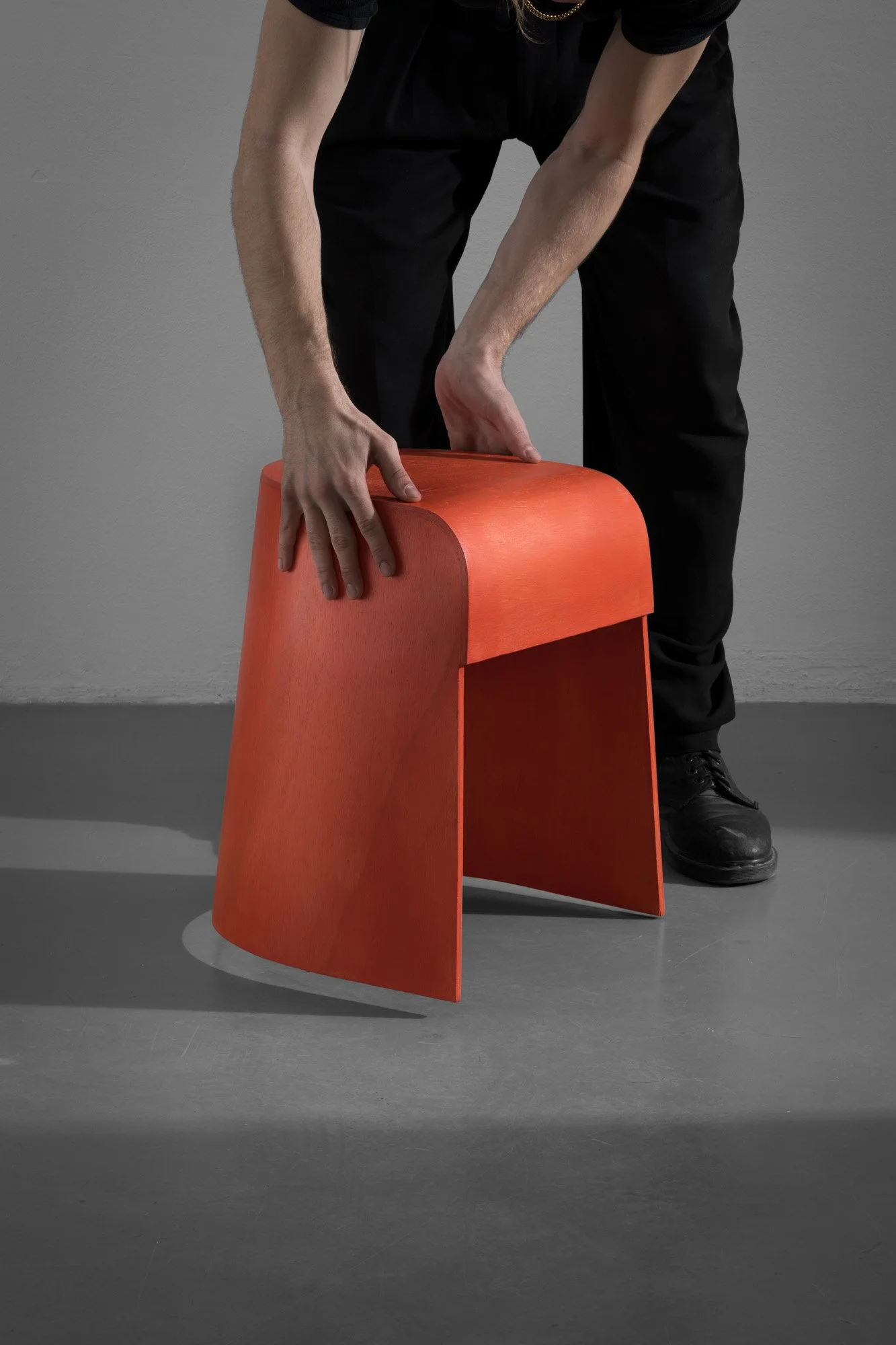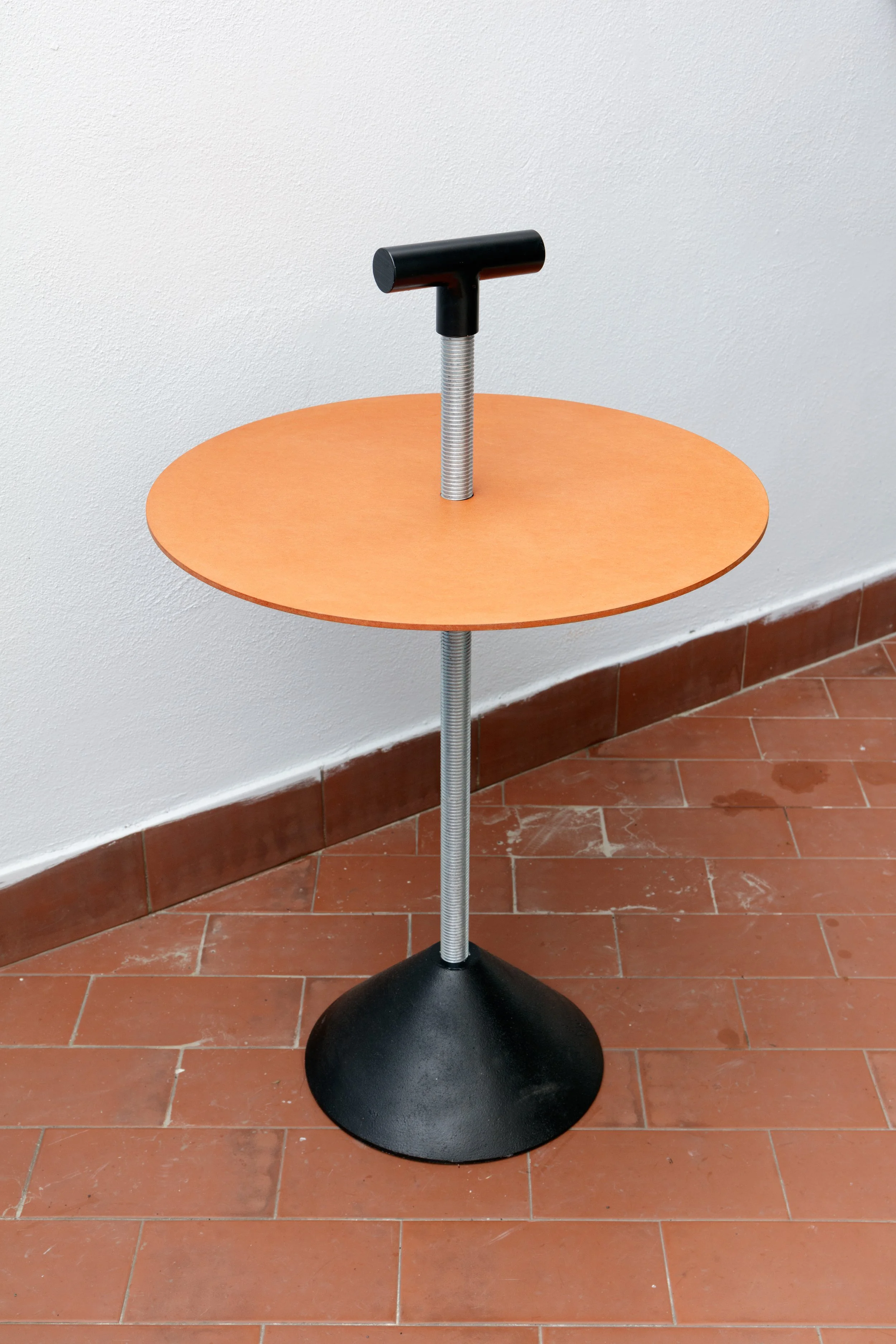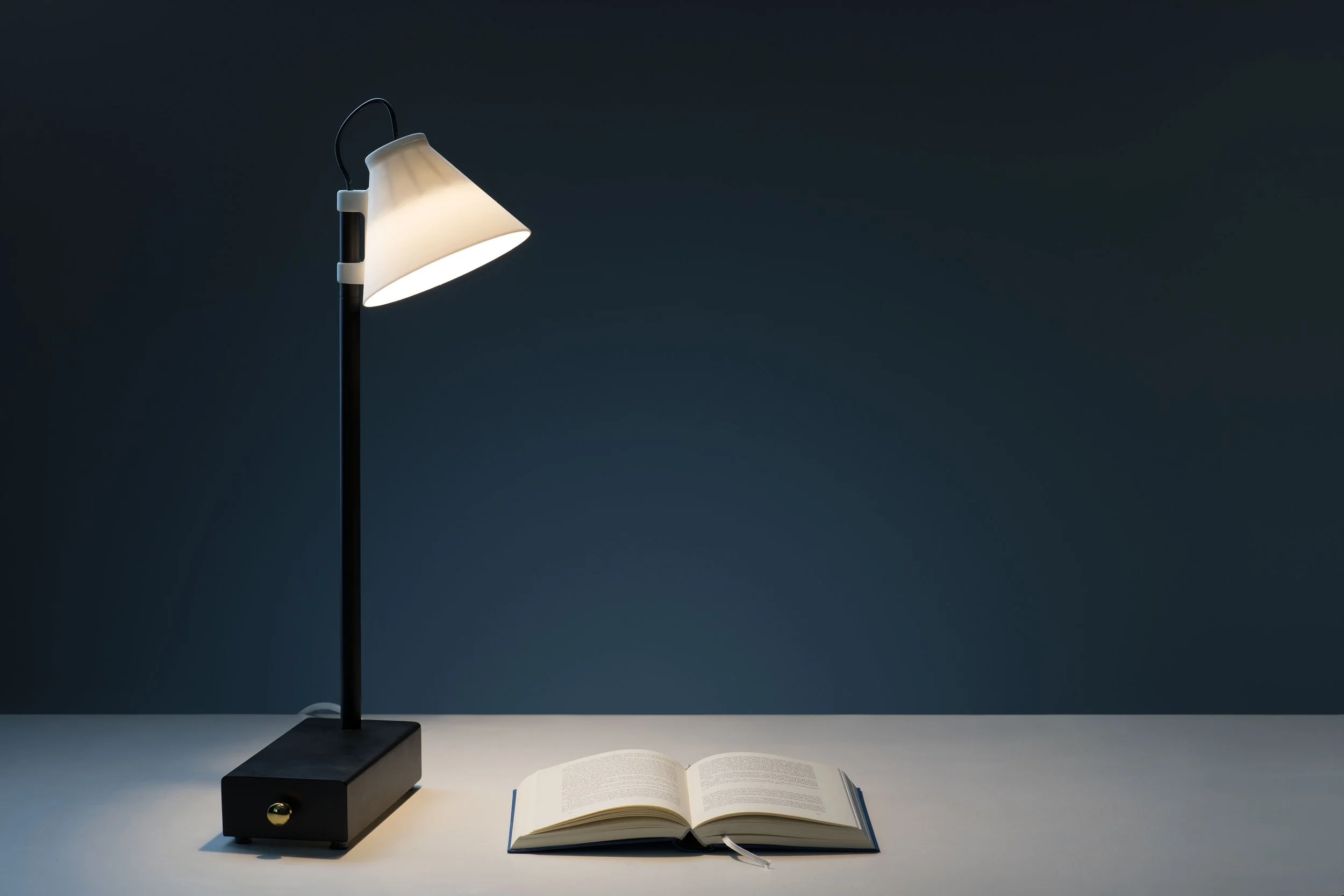Klemens Schillinger
Hi Klemens, please introduce yourself:
My name is Klemens Schillinger, I am a product designer based in Vienna.
Neubau
I worked for a year in a design agency between Graz and London, which was very instructive, but I quickly realized that I didn't want to continue working like that. Sitting in front of the computer all day, drawing CAD, that wasn't an option for me in the long run.
I then looked for alternatives and the first step was to go to London and do a master's degree. That worked out and then I spent 2 years at the RCA. After that I worked for another 2.5 years for a designer in London, but at some point I wanted to do more of my own stuff.
#1 You studied in Graz and at the Royal College in London. Now you live and work as a freelance designer in Vienna. How was the start into your work life after your graduation?
#2 I would describe your style as rather simple and clear, with small details. An example of this is the "Tube Chair". How did you find your own style?





Tube Chair
I often try to work with readymades. This was a pragmatic approach in the beginning, simply to keep the costs for prototypes etc. affordable, but over time these readymades have become a very important part of my work.
For example, with the Tube Chair, the readymade is a tube connector that you know from grab bars in public transportation. This tube connector only allows orthogonal connections, but when combined with CNC bent tubes, the result is a stackable bistro chair. The tube connectors and the resulting dismantlability not only allow for economical and ecological transport and storage, but also offer the possibility of selectively repairing individual parts, exchanging them and separating them by type if necessary.
In principle, the Tube Chair is a contemporary reinterpretation of the classic aluminum bistro chair typology.
#3 What does a design process look like for you?
Often my design process starts with observations.
That can be an observation of how people behave or a readymade or a piece of hardware that catches my eye, and often I move very quickly to a model or mock-up / prototype. Of course I also do sketches or work on the computer, but then it's a back and forth between model / prototype and sketches / CAD.
Musterzimmer, Photo © Louis De Belle
#4 In the "Substitute Phones" series and with "Offline Lamp", the smartphone is the focus of the design. Both aim to stop the constant checking of the cell phone. Either through physical stimulation (in the case of "Substitute Phones") or by actively locking the phone away (in the case of "Offline Lamp"). Do you see advancing digitalization more as an obstacle or also as an opportunity in terms of creativity and inspiration?
The advancing digitalization is definitely an opportunity, simply because of how it can be used to disseminate knowledge (from opensource to Youtube tutorial, etc.).
The two projects are rather a critical commentary on the constant checking of the smartphone. They were created for an exhibition called "Offline".
Again the design process started with observations, on the one hand how people often swipe very gently over smartphone screens and on the other hand how it sometimes helps to just put things out of sight and thus out of mind.
Offline Lamp
#5 Can you tell us a little bit about the "Migrated Vases" project?
The project originated in Beijing in 2010, where we spent 3 weeks with the RCA. The theme was Rural to Urban Migration. The vases are about memory and identity in the broadest sense. People were asked to paint a vase from their memory using calligraphy, brushes and ink, then the vases were turned into 3D by a ceramicist.
#6 In 2017, together with architect Eldine Heep, you won the competition for an observation tower on the Seekopf in Austria. This project is on a much larger scale than your other work. What was the biggest difference for you in collaborating with an architect compared to your own design process? And what did you take away from this work for your own work?
The design process for the shape of the tower was relatively similar to that for the products. But in the implementation there were many more instances to convince and also the realization, not least because the tower is located in a place not accessible by normal roads, was a lot more complex.
The Fourth Wall
#7 How do you see the role of a designer in today's society?
I see my job as questioning things and improving them if necessary, reinterpreting them, but also revisiting old principles if they work well.
#8 How does your environment influence your work?
I work in a atelier studio community (HDS59) where about 10 other designers, architects and artists work. I only work in the atelier now and compared to the studios I worked in before, there is more space. Therefore, some of my works have also become larger, so a bit like the goldfish adapting to the size of the aquarium…
#9 Three things that inspire you at the moment?
Hiking
Soccer
Architecture
#10 What do you currently read, watch, listen to?
Last book: Sally Rooney, Beautiful World, Where Are You
Last series: White Lotus
Last concert: Idles
N.B.R. cup
Links:
Website: www.klemensschillinger.com
Instagram: @klemens_schillinger
Photos: © Leonhard Hilzensauer
Interview: Emily Paefgen






